Your pantry might be hiding some serious health hazards disguised as convenient meal solutions. Many popular canned meat products contain shocking amounts of sodium, preservatives, and mystery ingredients that could be harming your family’s well-being.
While these products promise quick meals and long shelf life, the trade-off might not be worth the convenience when you discover what’s really inside those colorful cans.
1. Deviled Ham Spread
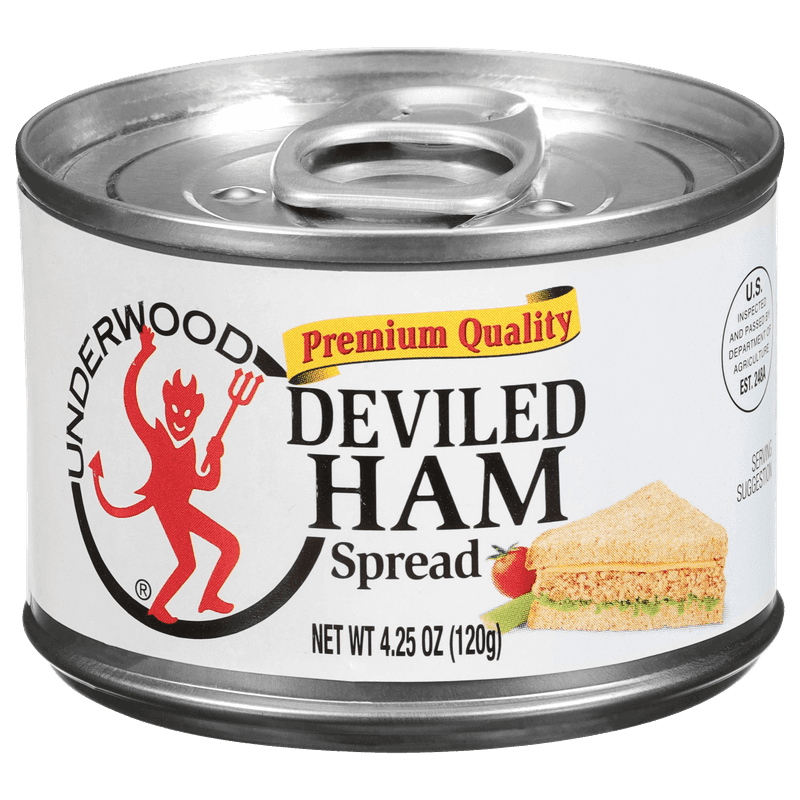
Pink, pasty, and packed with enough sodium to make your blood pressure monitor weep – deviled ham spread barely qualifies as actual meat. This mysterious concoction contains mechanically separated pork, which means leftover scraps are pressure-blasted off bones and mixed with fillers.
Each serving delivers nearly half your daily sodium allowance, plus artificial colors that give it that unnaturally vibrant pink hue. The texture alone should raise red flags – real ham doesn’t naturally become spreadable paste.
Skip this processed nightmare and opt for freshly sliced deli ham instead. Your taste buds and arteries will thank you for choosing real meat over this science experiment.
2. Canned Meatballs in Sauce
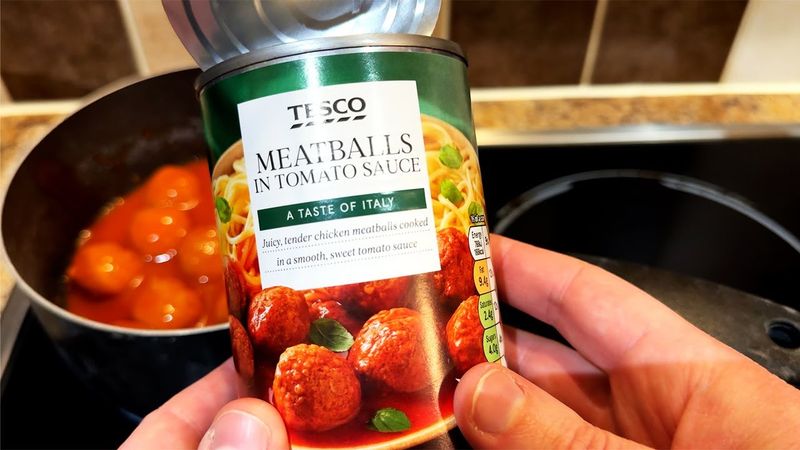
Those perfectly round spheres floating in mystery sauce contain more fillers than actual meat, making them nutritional disasters disguised as comfort food. Most brands stuff these rubbery balls with breadcrumbs, soy protein, and enough preservatives to survive a nuclear winter.
The sauce typically contains high fructose corn syrup and artificial flavoring that masks the bland, processed taste of the meat mixture. One serving can pack over 1,000 milligrams of sodium – nearly half your daily limit.
Making fresh meatballs takes just twenty minutes and tastes infinitely better. Control your ingredients, reduce sodium, and actually enjoy your meal instead of choking down these factory-made imposters.
3. Canned Corned Beef Hash
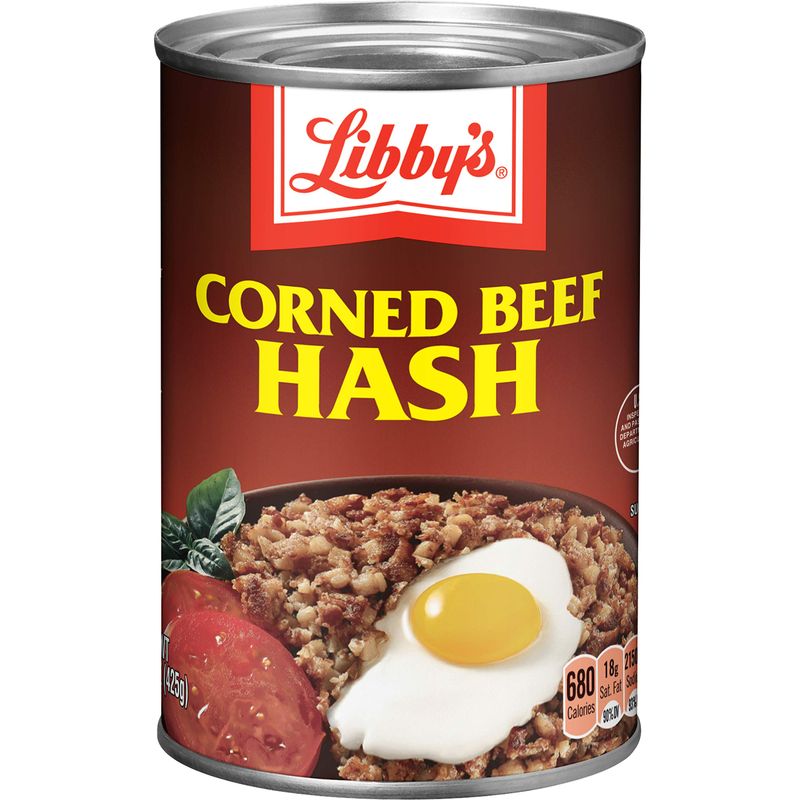
Mushy potatoes swimming alongside chunks of mystery meat create this breakfast abomination that somehow passes for a morning meal. The corned beef portion often contains more fat than protein, while artificial flavoring attempts to recreate that classic deli taste.
Preservatives like sodium nitrite give this hash its pinkish color but may increase cancer risk with regular consumption. Each serving contains astronomical sodium levels that can spike blood pressure and cause water retention.
Fresh potatoes and real corned beef from the deli counter create infinitely better hash in the same cooking time. Your morning deserves better than this sodium-soaked mess that barely resembles actual food ingredients.
4. Canned Roast Beef in Gravy
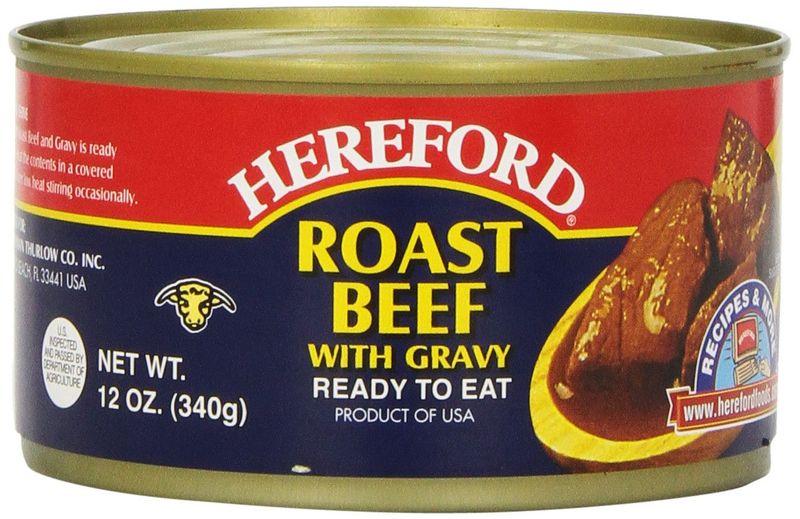
Stringy, flavorless meat floating in artificial gravy creates this disappointing attempt at recreating Sunday dinner. The beef undergoes extensive processing that strips away natural flavor, requiring heavy seasoning and preservatives to make it remotely palatable.
That brown gravy contains thickeners, artificial colors, and enough sodium to make your grandmother’s saltshaker jealous. The meat itself often comes from lower-quality cuts that wouldn’t normally make it to your dinner table.
A simple pot roast recipe delivers tender, flavorful meat with natural juices that put this canned version to shame. Invest thirty minutes in real cooking rather than settling for this processed substitute that insults the concept of roast beef.
5. Spam
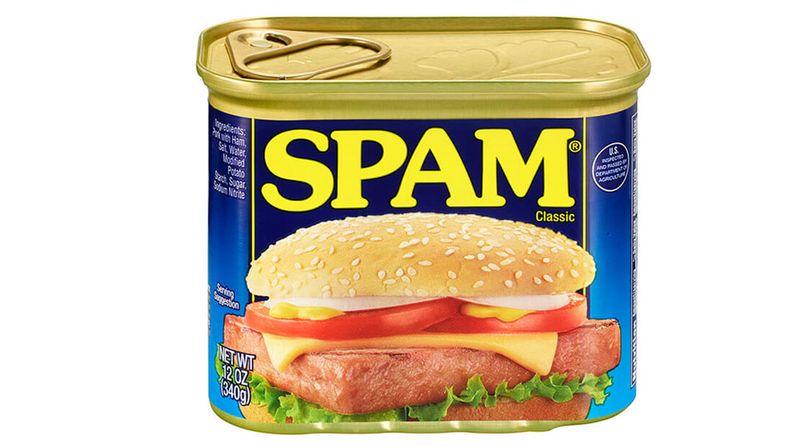
America’s most famous mystery meat has been clogging arteries since 1937, earning its reputation as both a wartime necessity and peacetime health hazard. This gelatinous brick contains mechanically separated pork, ham, salt, and enough preservatives to outlast cockroaches.
One slice delivers a third of your daily sodium allowance plus nitrates that may increase cancer risk. The texture resembles dog food more than actual meat, requiring creative cooking to make it remotely appetizing.
Fresh pork or ham provides superior flavor without the excessive processing and chemical additives. While Spam has nostalgic appeal, your body deserves better than this sodium-packed science experiment masquerading as food.
6. Canned BBQ Pulled Pork
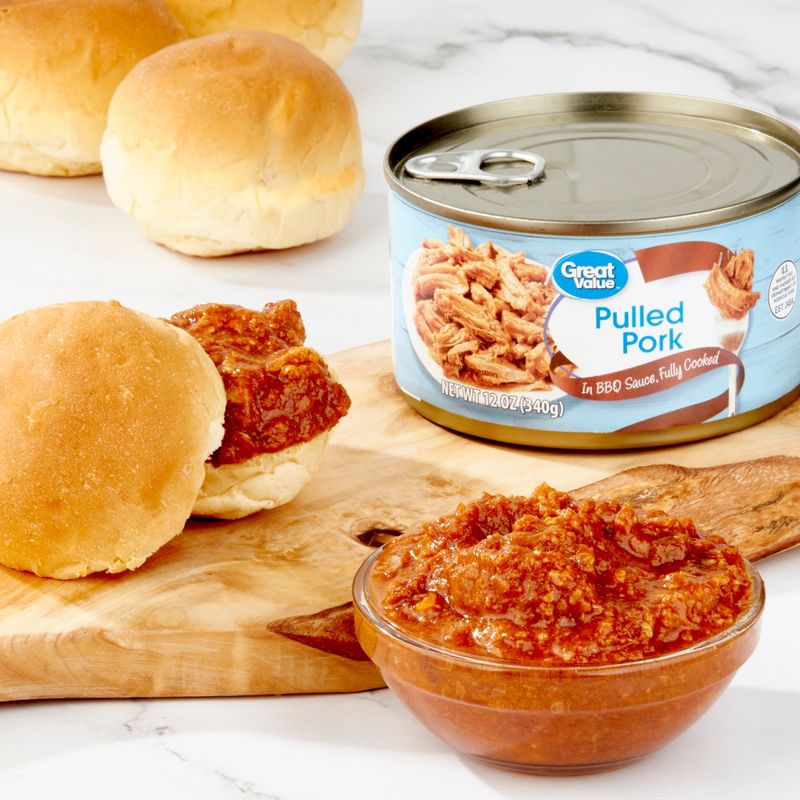
Authentic barbecue requires hours of slow smoking, but this canned impostor attempts to recreate that flavor using liquid smoke, artificial seasonings, and mystery meat scraps. The result tastes nothing like real pulled pork and contains concerning levels of added sugars.
High fructose corn syrup dominates the ingredient list, turning this protein source into a sugar bomb that spikes blood glucose levels. Preservatives and artificial flavoring mask the bland, processed taste of low-quality pork.
Real pulled pork from a slow cooker delivers authentic flavor without excessive sugar and chemicals. Spend a few hours creating the real thing instead of settling for this sweet, processed substitute that dishonors barbecue tradition.
7. Vienna Sausages
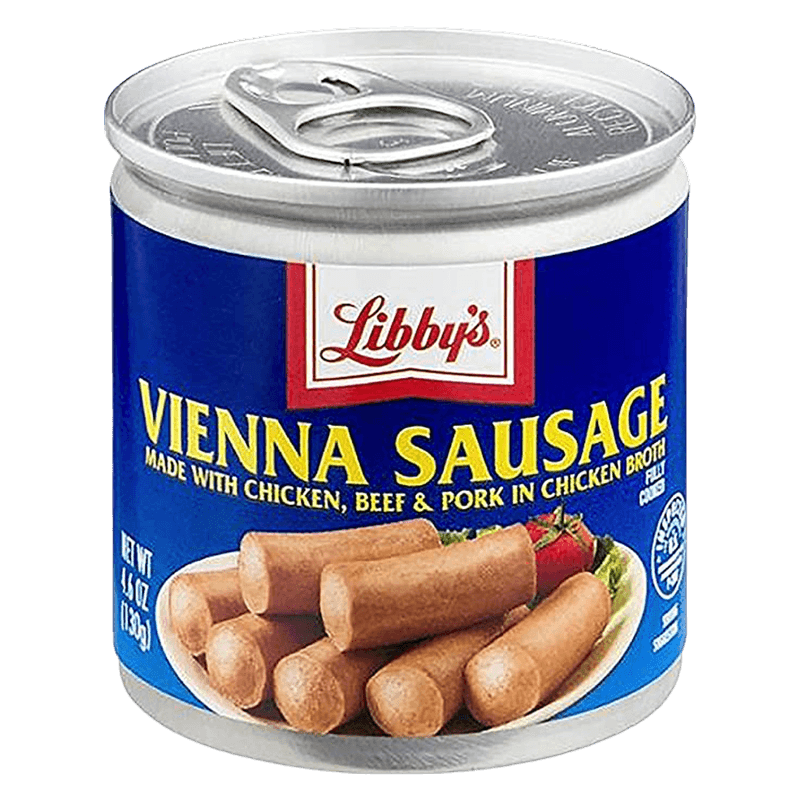
These miniature hot dogs floating in mysterious liquid represent everything wrong with processed meat products. Made from mechanically separated chicken and pork, they contain more fillers and byproducts than actual muscle meat.
Each tiny sausage packs enormous amounts of sodium and nitrates, while the slimy liquid they’re packed in contains preservatives that extend shelf life at the expense of nutritional value. The rubbery texture should immediately signal that something’s amiss.
Quality breakfast sausages or even regular hot dogs provide better nutrition and taste without the excessive processing. These pocket-sized sodium bombs offer convenience but deliver nothing resembling real food that your body can properly utilize for energy and health.
8. Canned Chili with Meat
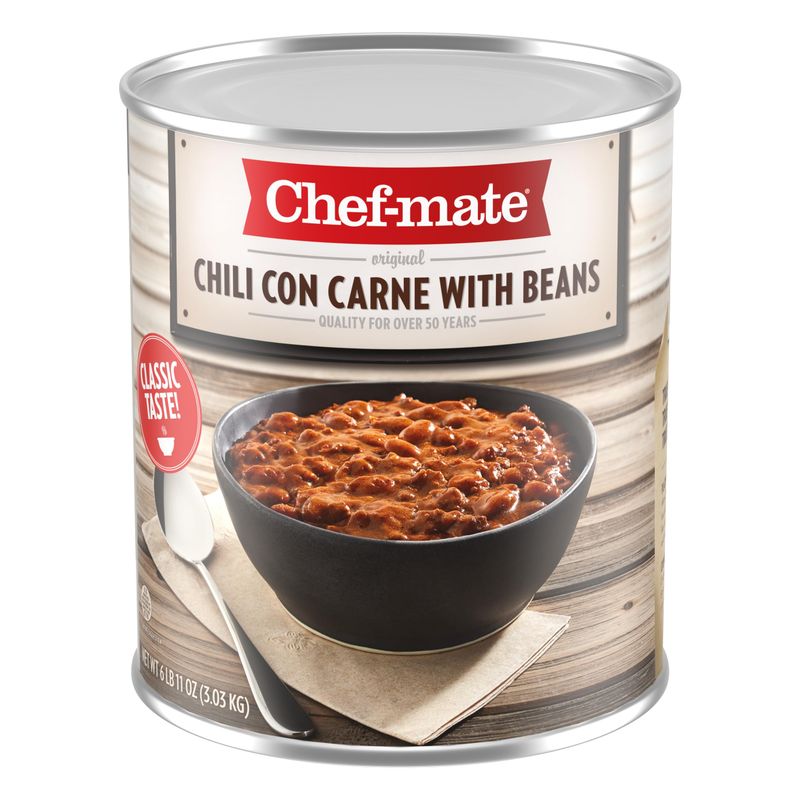
Watery tomato sauce studded with rubbery meat chunks creates this disappointing attempt at comfort food that falls short of homemade chili’s hearty satisfaction. The ground beef often contains more fat than protein, while beans provide most of the substance.
Artificial flavoring attempts to recreate complex chili spices but results in a flat, chemical taste that bears little resemblance to authentic recipes. Sugar content rivals desserts, while sodium levels can trigger immediate thirst and long-term health problems.
Homemade chili using fresh ground beef and real spices creates superior flavor and nutrition in roughly the same preparation time. Control your ingredients and avoid this processed shortcut that sacrifices taste and health for minimal convenience.
9. Canned Luncheon Loaf
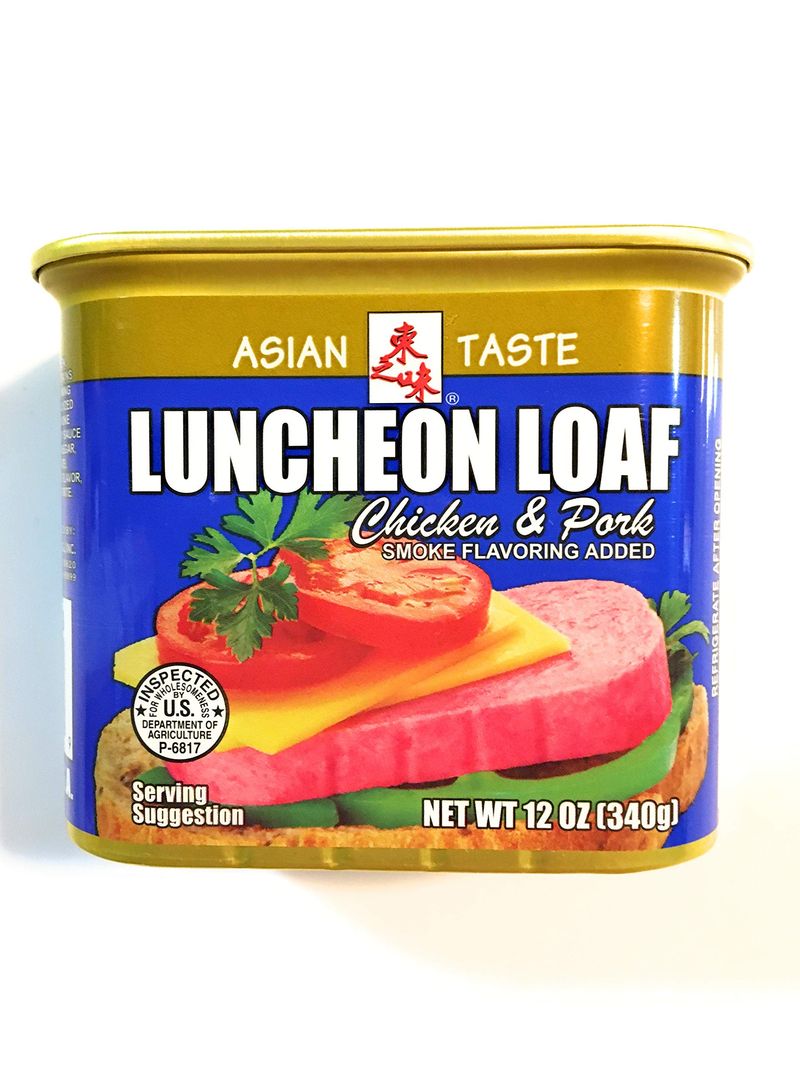
This rectangular block of mystery meat combines various animal parts with fillers to create something that vaguely resembles deli meat but tastes like salted cardboard. Mechanically separated meats form the base, while artificial flavoring attempts to create recognizable taste.
Preservatives and sodium dominate the nutrition label, delivering excessive amounts that can spike blood pressure and strain your kidneys. The uniform texture and artificial color reveal extensive processing that strips away natural meat characteristics.
Fresh deli turkey or ham provides infinitely better taste and nutrition without the mysterious ingredients and excessive sodium. Invest in real meat sliced fresh rather than this processed substitute that barely qualifies as food.
10. Canned Chicken Spread
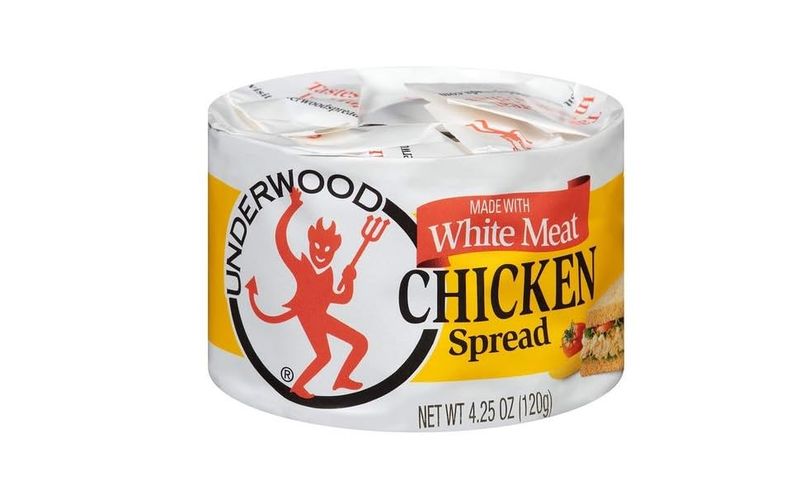
Pale, pasty, and bearing little resemblance to actual chicken, this spreadable concoction contains mechanically separated poultry mixed with enough fillers to create sandwich spread consistency. The result tastes nothing like the chicken you’d recognize from dinner.
Artificial flavoring and excessive salt attempt to mask the bland, processed taste while preservatives ensure unnaturally long shelf life. Each serving delivers shocking sodium levels that can cause immediate bloating and long-term cardiovascular problems.
Fresh chicken breast provides superior protein and flavor without the mystery ingredients and excessive processing. Shred some leftover roasted chicken for sandwiches instead of relying on this processed paste that insults both chicken and your taste buds.
11. Potted Meat
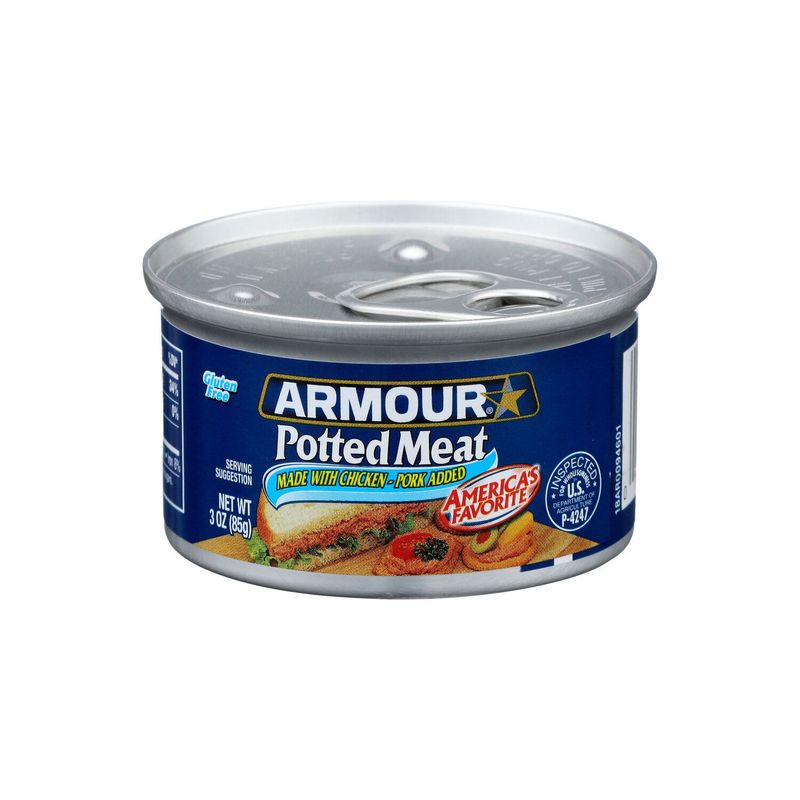
Gray, gritty, and grotesque, potted meat represents rock bottom in the processed food hierarchy. This paste contains various animal parts ground into submission with enough preservatives to survive decades on store shelves.
The ingredient list reads like a chemistry experiment, featuring mechanically separated meats, artificial flavoring, and sodium levels that would make ocean water seem mild. Texture resembles pet food more than human sustenance.
Any fresh meat option provides better nutrition and taste than this processed nightmare. Even basic lunch meat from the deli counter offers superior quality without the extensive processing that creates this barely edible paste masquerading as protein.
12. Canned Chicken & Dumplings

Mushy dumplings floating alongside rubbery chicken chunks in artificial broth create this disappointing attempt at comfort food that comforts nobody. The chicken pieces often contain more water than protein, while dumplings dissolve into starchy mush.
Preservatives and artificial flavoring dominate this concoction, attempting to recreate grandmother’s recipe but failing spectacularly. Sodium content can trigger immediate thirst while providing little nutritional value beyond empty calories.
Homemade chicken and dumplings using fresh ingredients creates infinitely better flavor and nutrition. Simple recipes deliver authentic comfort food taste without the processed shortcuts that turn this classic dish into a sodium-soaked disappointment that dishonors culinary tradition.
13. Canned Duck or Goose Liver Pâté

Rich, dense, and loaded with enough cholesterol to make cardiologists weep, canned liver pâté transforms luxury ingredients into health hazards through excessive processing. While liver provides nutrients, the canned version adds unnecessary fats and preservatives.
High sodium content combines with naturally occurring cholesterol to create a cardiovascular double threat that can spike blood pressure and clog arteries. Artificial flavoring attempts to enhance the natural liver taste but often creates chemical aftertastes.
Fresh liver from a butcher provides superior nutrition and taste when prepared properly at home. Control the preparation process and avoid the excessive sodium and preservatives that turn this nutritious organ meat into a processed health risk.
14. Canned Turkey with Gravy
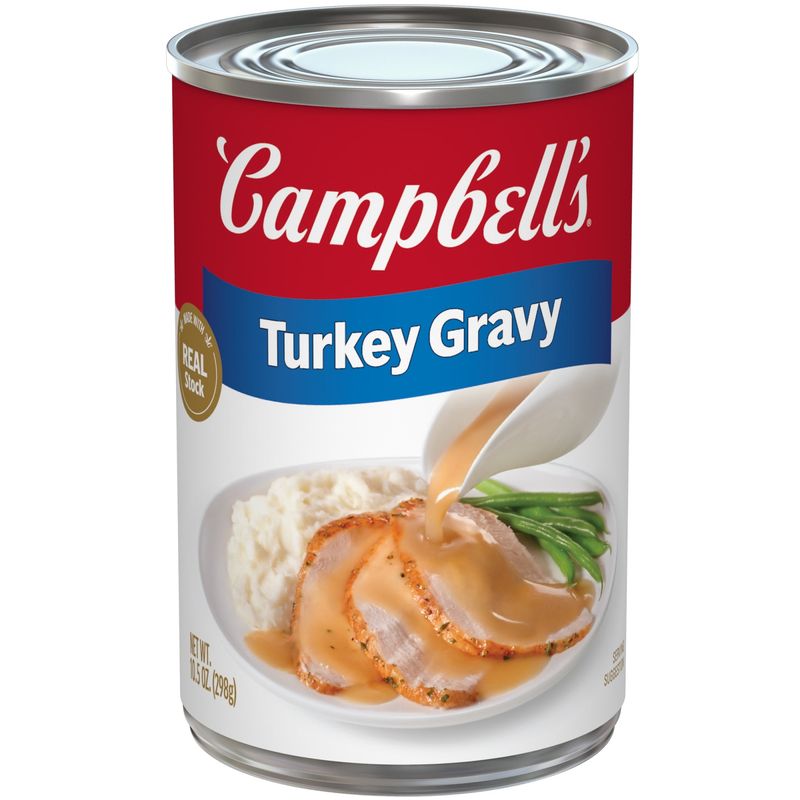
Thanksgiving dinner this is not – stringy turkey pieces swimming in artificial gravy create a holiday meal mockery that would horrify the Pilgrims. The turkey undergoes extensive processing that strips away natural flavor and texture.
Artificial gravy contains thickeners, preservatives, and enough sodium to dehydrate a camel. The meat itself often comes from lower-quality turkey parts that wouldn’t normally grace holiday tables or regular dinner plates.
Fresh turkey breast provides superior taste and nutrition without the excessive processing and chemical additives. Even deli turkey offers better quality than this canned substitute that turns America’s favorite holiday protein into processed disappointment.
15. Canned Hot Dogs
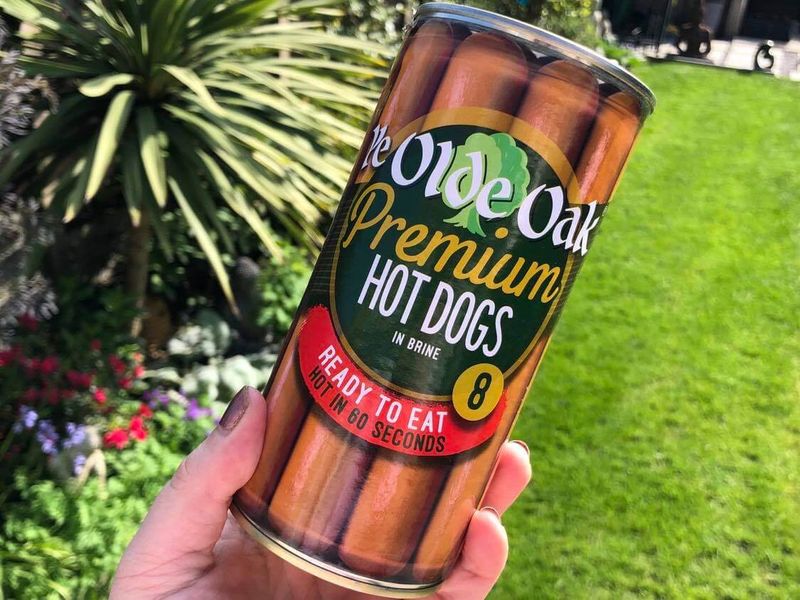
Regular hot dogs already push nutritional boundaries, but canned versions take processed meat to disturbing new depths. These waterlogged wieners contain mechanically separated meats, excessive sodium, and preservatives that make fresh hot dogs seem healthy by comparison.
The slimy liquid they’re packed in contains additional preservatives and salt, while the texture becomes even more rubbery than their fresh counterparts. Nitrates and artificial colors create health concerns beyond typical hot dog worries.
Fresh hot dogs from the refrigerated section provide better taste and slightly better nutrition without the excessive processing. If you must eat hot dogs, avoid these waterlogged versions that represent the absolute bottom of processed meat products.
Leave a comment